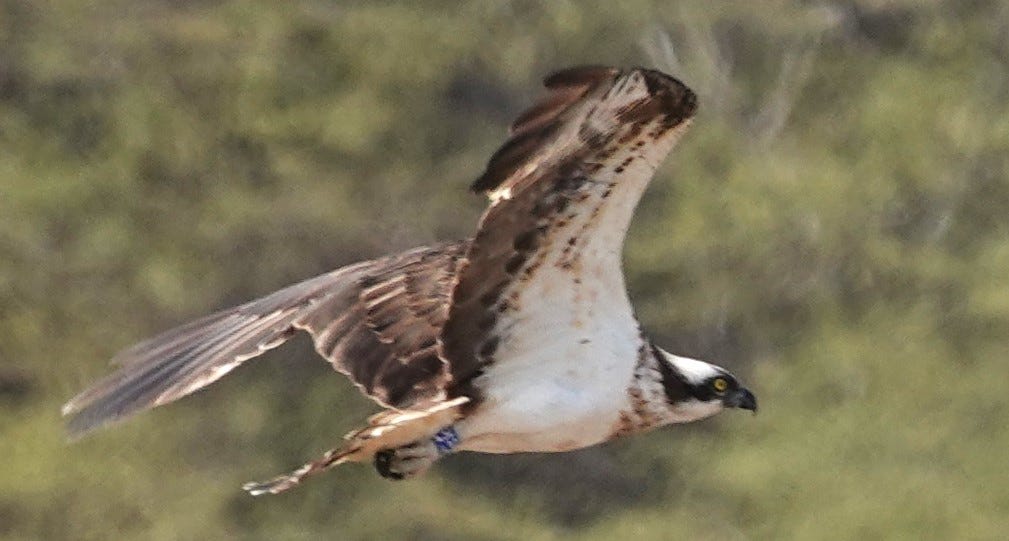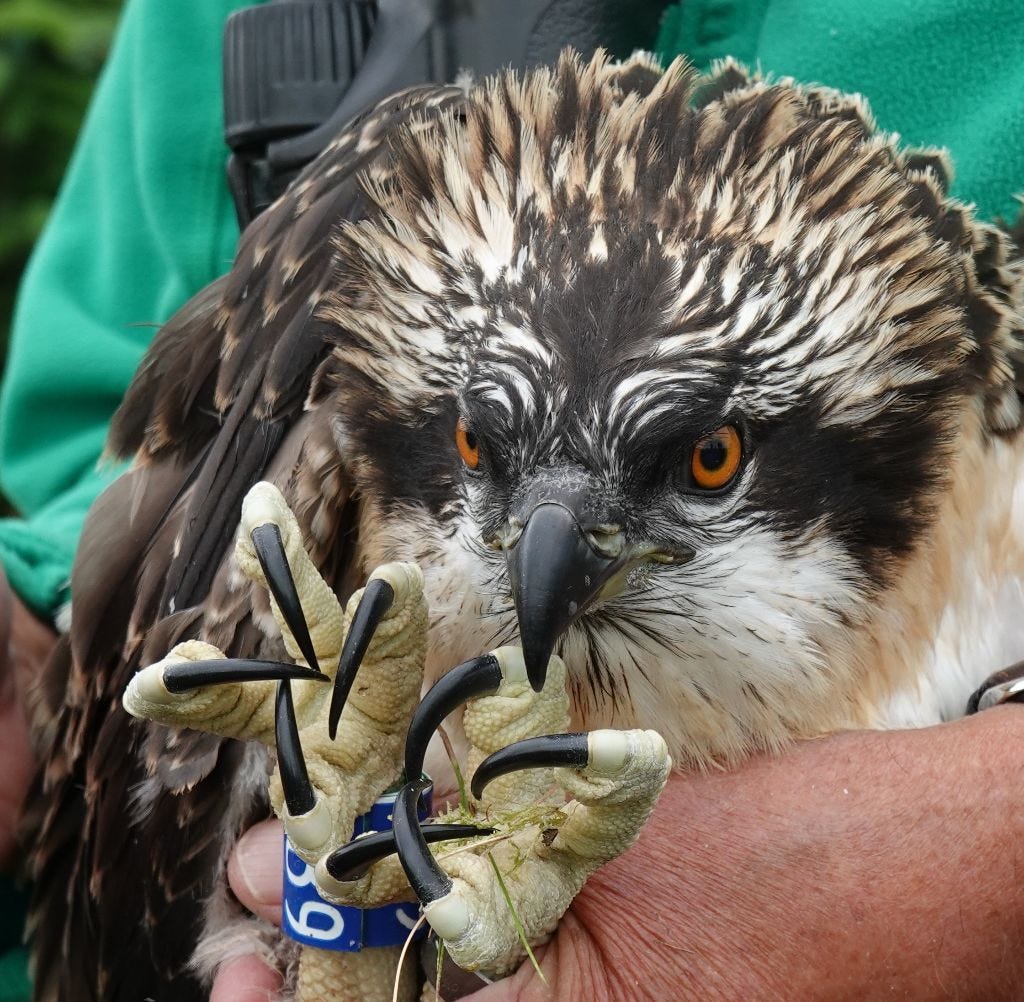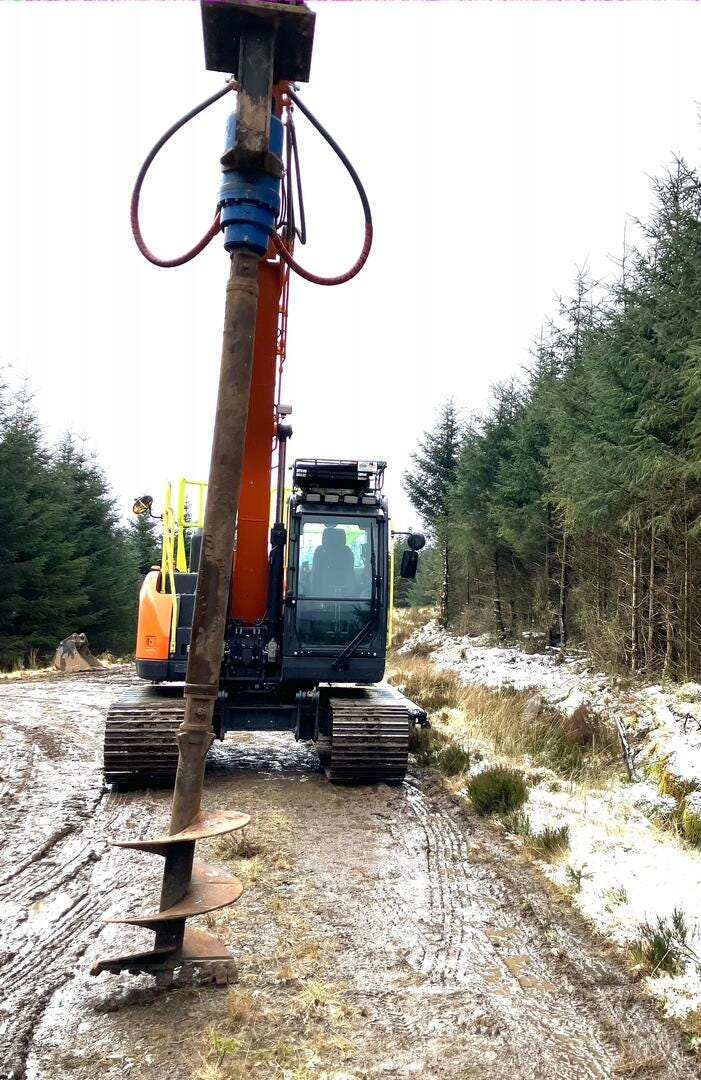
New home for ospreys at Kielder
Pleasant surprise will greet Kielder’s returning ospreys. Tony Henderson reports

The first ospreys who should begin returning to Northumberland next month will find themselves in pole position for the latest in nest accommodation.
After seven months of planning, Forestry England has battled winter weather, storm damage fallen trees and tough terrain to erect two new nest platform poles at Kielder.
They have replaced poles at nest 2 and nest 4 at the osprey breeding colony, which had become unsafe for climbers who ring the osprey chicks.
The new pole platforms are 15 miles part on opposite sides of Kielder reservoir.
Last year, nestcams which transmit images of the birds’ activity could not be put back into place because of the unsafe nature of the old poles and no ringing could take place.
A new power cable has been transported as an upgrade to the camera system on nest 4 which is powered by solar panels.
In 2024 it was hoped that Kielder would achieve a record breeding year with at least 22 chicks hatched by the end of May. This included a new wild nest which had at least two chicks.
Then bad weather struck. Persistent low temperatures, rain and wind in early June and storms at the end of the month resulted in just 10 chicks surviving.
Nest 2 produced two chicks but the youngsters at Nest 6 died.
Osprey observer Joanna Dailey said: “Undeterred, Forestry England has worked hard over winter to rectify as much as possible.
“Erecting new poles at Nests 2 and 6 was a logistical feat. Delivery of the long poles to the sites up narrow and winding forest tracks was quite a challenge, then a caterpillar tracked vehicle was needed to auger the poles in.
“Once the machine arrived at the sites drilling commenced. At nest 6 sandstone was reached before the required depth, so the tungsten teeth of the auger ground away inch by inch.
“Contractors and Forestry England deserve congratulations for their excellent work.”
Now as well as installing platforms on the new poles, work will continue on clearing some tree regeneration around the Nest 6 site and installing nestcams in six nests.
Forestry England ecologist Tom Dearnley said: “This was a hard job in difficult circumstances, and it was an outstanding team effort from everyone involved.”
As the poles were put into place there was more good news from ornithologist Jean-Marie Dupart who conducts monthly surveys in the ospreys’ favoured overwintering destination of Senegal.
He sent pictures to Kielder of Eshells, who hatched at the forest colony in 2021. This year there is the potential for 11 osprey nests at Kielder.






